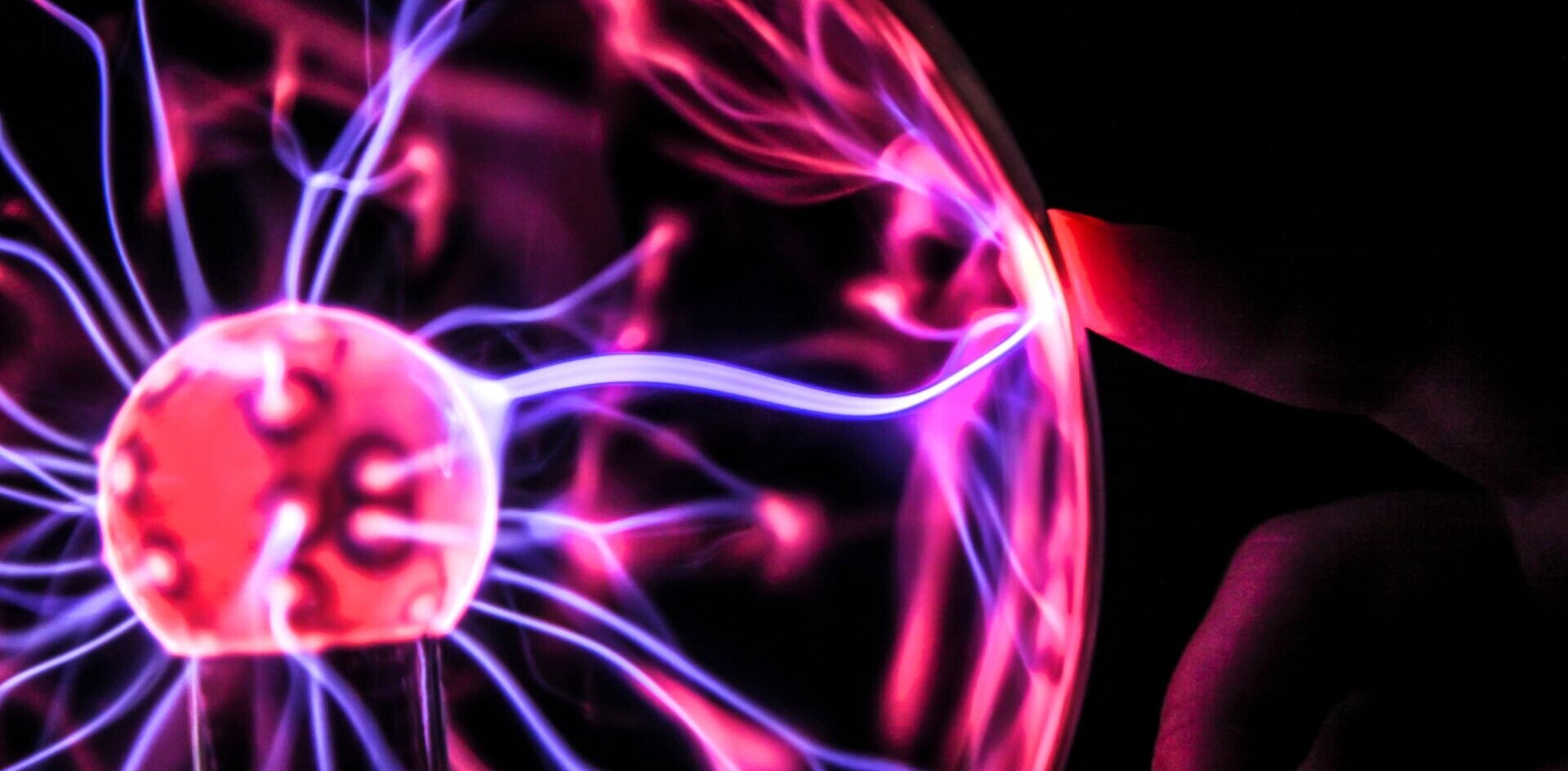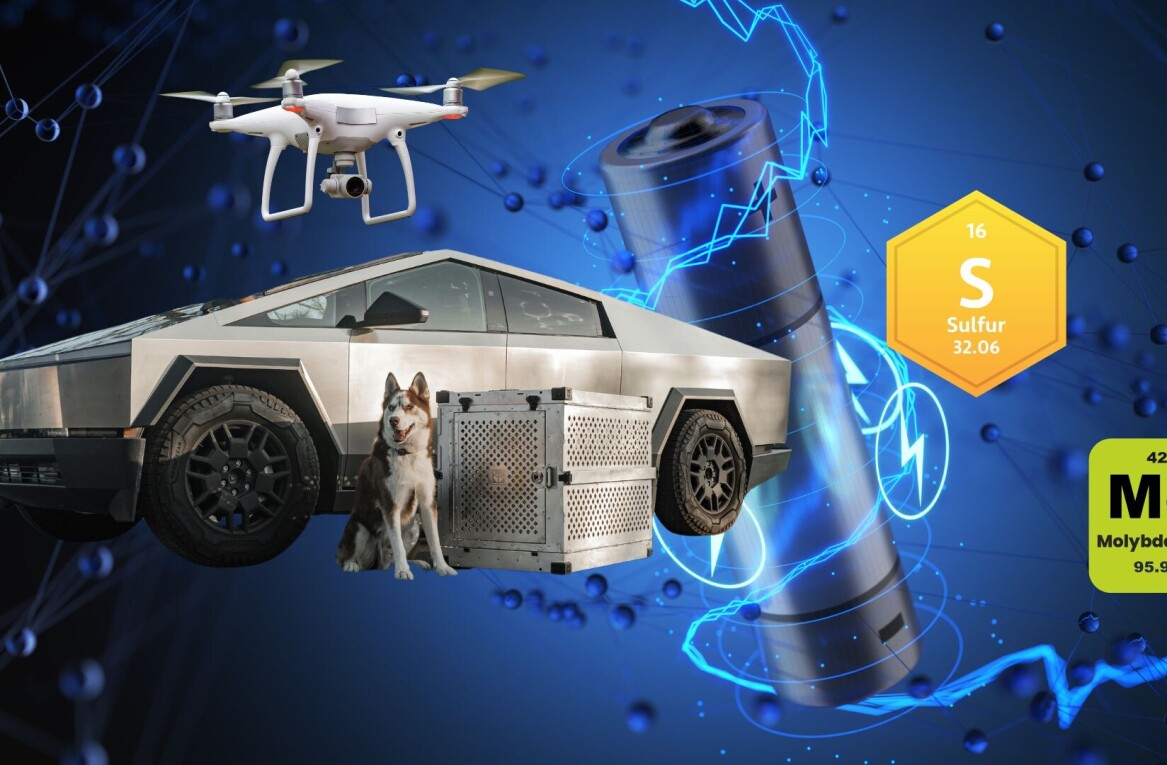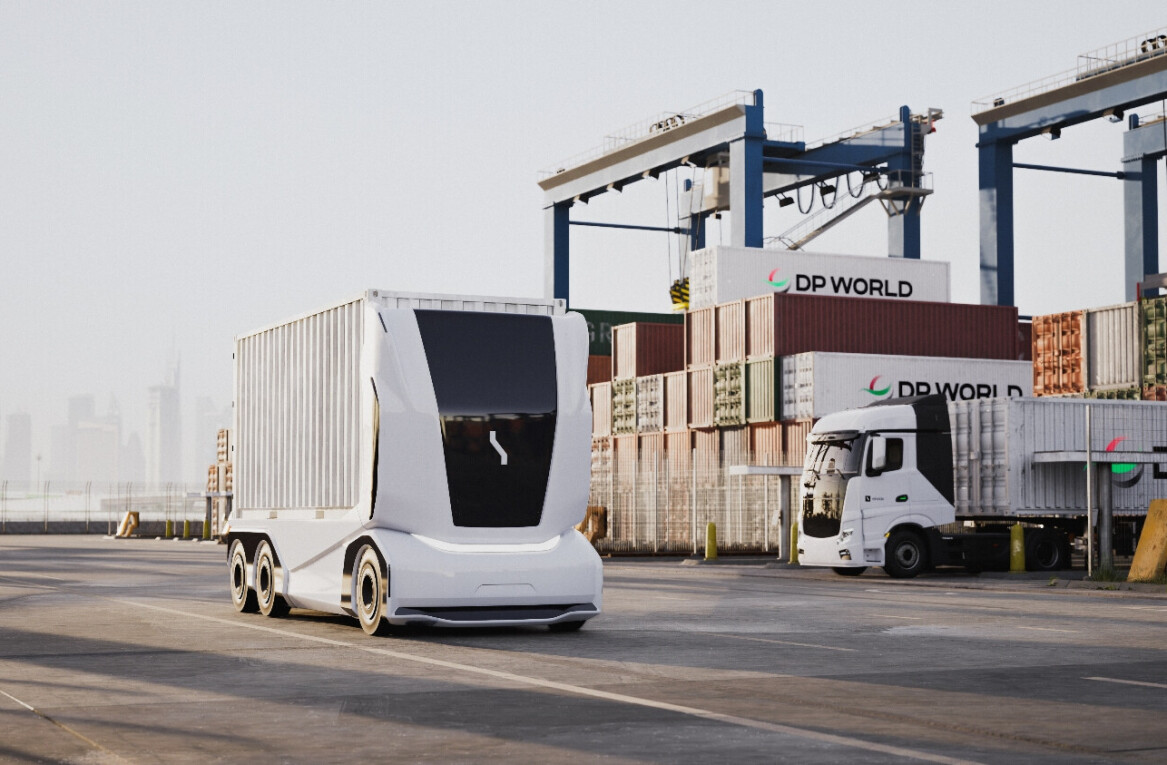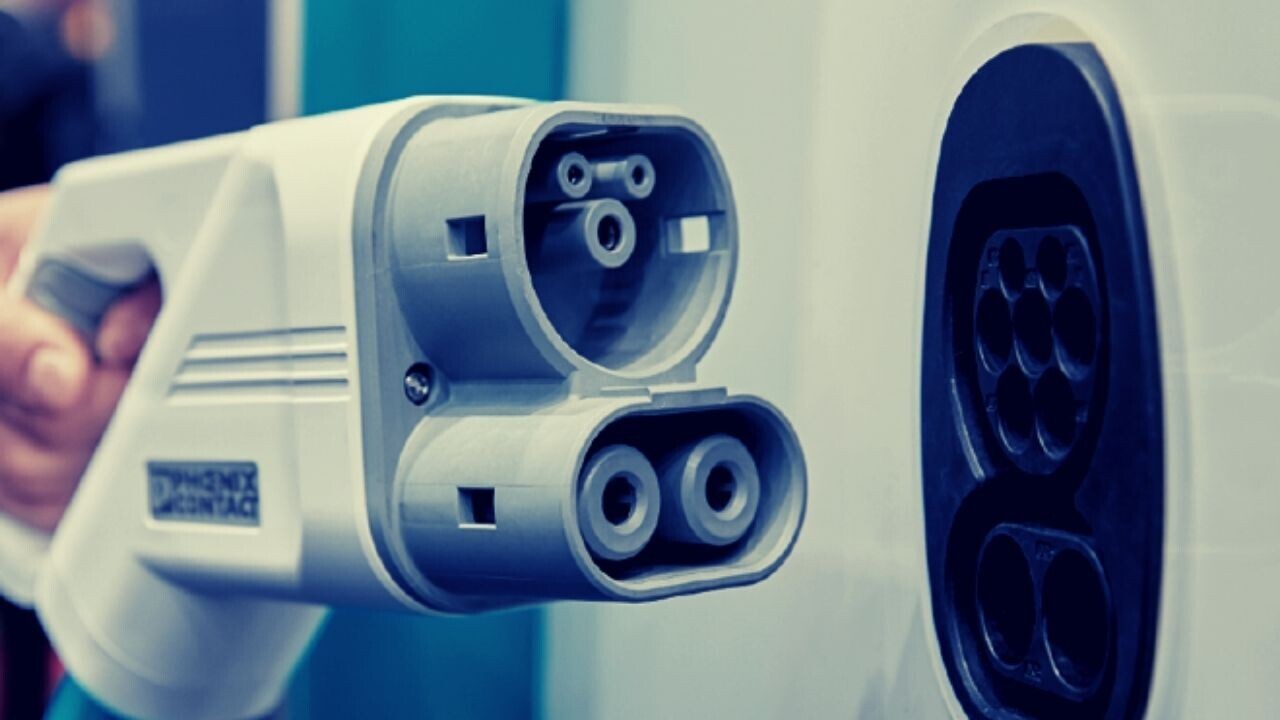
When fast chargers came to town, they solved a huge EV issue: long charging times. After all, who’d prefer to wait for hours instead of juicing up their car within 20 to 30 minutes?
But, there’s one thing we need to keep in mind: we shouldn’t overdo it. DC fast chargers (or Level 3) degrade the battery faster than AC chargers (or Level 1 and 2) do.
Rapidly charging a battery means that high currents are created that result in high temperatures — and both are known to strain batteries.
So, how bad is it really?
Studies reveal there is indeed a noticeable deterioration rate.
According to Geotab, for instance, the battery’s state of health (SOH) is affected by how often a vehicle is using DC fast charging.
The telematics company specifically examined EVs operating in hot weather conditions that have proven to be more straining for the battery.

Battery degradation appears to be strongly correlated with the use of DC chargers for vehicles in seasonal or hot climates.
Compared to EVs that don’t use fast charging at all, vehicles that primarily do use it show a battery deterioration by nearly 0.1%.
The graph below compares how Level 1 and Level 2 (AC) chargers affect the battery’s state of health:
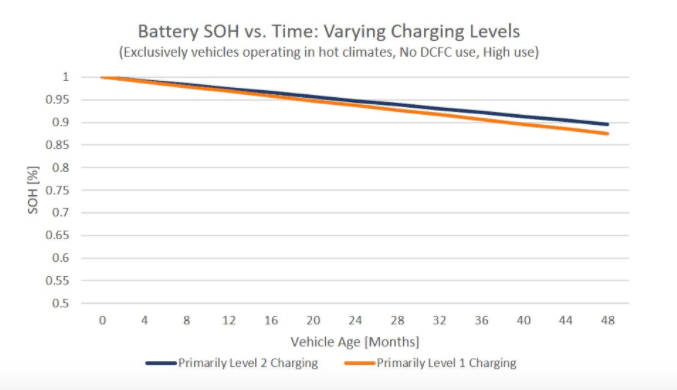
It’s evident that Level 2 charging has the least negative impact, reaching 0.9%. What’s more, both Level 1 and Level 2 charging damage the battery less than the frequent use of DC chargers.
We can observe, however, that the difference between Level 2 and Level 3 isn’t that big: approximately 0.1%.
The Idaho National Laboratory (INL) has made similar findings. The US Energy Department lab concluded that while an electric car’s battery will deteriorate faster if its only power source is Level 3 charging (which is almost never the case), the difference isn’t particularly pronounced.
The INL tested two pairs of the 2012 Nissan Leaf under the exact same conditions over the course of a year, in Phoenix, Arizona.
The first pair was charged with Level 2 chargers, and the second pair with Level 3 fast chargers. Both pairs were charged twice a day.
After all four test cars had been driven for 80,467 kilometers, the Level 2 vehicles had lost around 23% of their original battery capacity, while the Level 3 cars were down by around 27%.
What’s the takeaway?
Fast charging deteriorates the battery faster than Level 2 charging, but that’s not necessarily worrisome for your EV, providing that DC chargers aren’t the primary source.
Still, prolonging a battery’s life is a pretty big deal given its cost, so there are a few things that we can do even if we enjoy the convenience of fast charging:
- We should limit the use of commercial fast chargers and juice up with Level 2 when available.
- We should recharge our EV before it gets totally empty.
- And we shouldn’t overcharge.
Do EVs excite your electrons? Do ebikes get your wheels spinning? Do self-driving cars get you all charged up?
Then you need the weekly SHIFT newsletter in your life. Click here to sign up.
Get the TNW newsletter
Get the most important tech news in your inbox each week.

